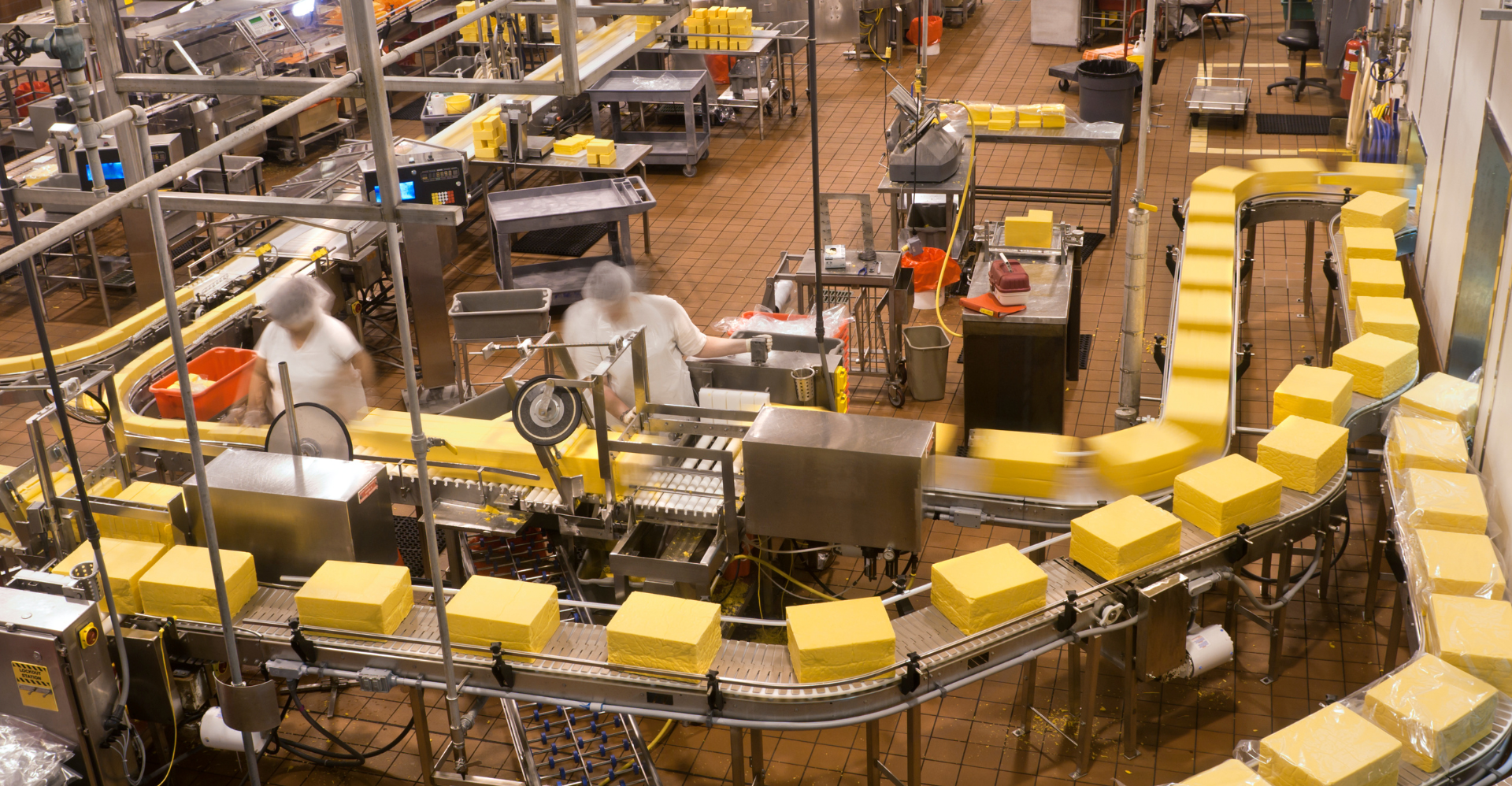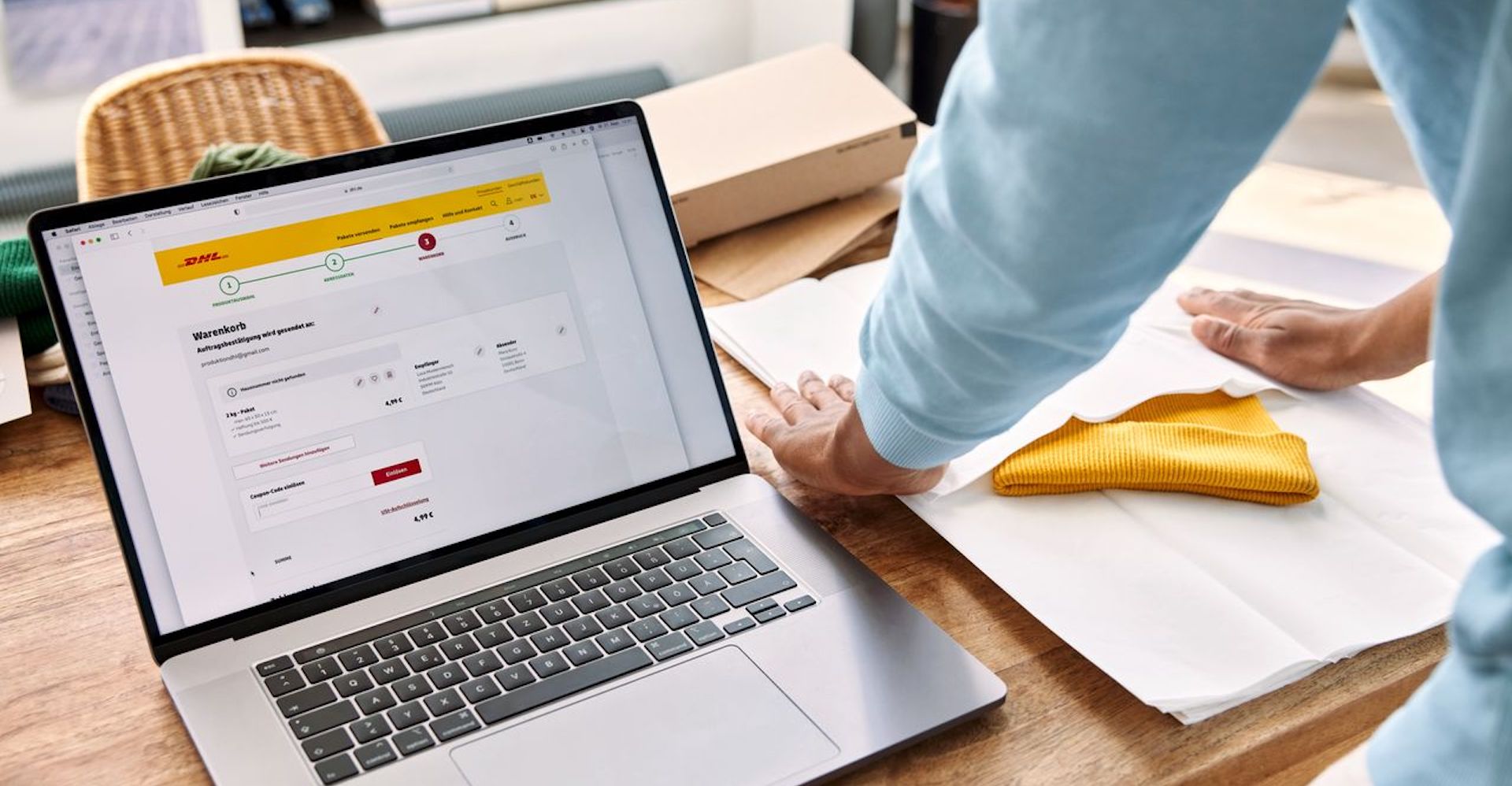In recent years, dropshipping has become one of the most popular business models in Malaysia, and it’s easy to see why. With low upfront costs, minimal inventory risk, and growing access to global suppliers, it offers an accessible entry point into the world of e-commerce, especially for first-time entrepreneurs.
For Malaysians, three major platforms dominate the conversation around dropshipping:
- Shopee – the go-to marketplace for local shoppers,
- Lazada – another strong regional player backed by Alibaba,
- Shopify – a global e-commerce builder that gives you complete control over your brand.
Each platform comes with its own strengths and challenges. So how do you decide which is the right one for your dropshipping business?
In this guide, we’ll break down the aspects to consider when choosing between listing on ASEAN-focused marketplaces like Shopee and Lazada, and standalone international store like Shopify:
Ease of Getting Started
When choosing a dropshipping platform, one of the first things you’ll want to consider is how quickly and easily you can get your business up and running. This includes the process of signing up, setting up your storefront, adding products, and getting ready to fulfill orders.
If you’re new to e-commerce, a smoother setup experience can give you the confidence to get started without feeling overwhelmed. But ease of setup isn’t just about simplicity, it’s also about how much control you want, whether you’re planning to sell only in Malaysia or expand overseas, and how hands-on you're willing to be in managing your store’s operations.
Marketplaces
Platforms like Shopee and Lazada are built for accessibility. Registration requires minimal documentation, and sellers can start listing products within a day or two. This makes them highly beginner-friendly for those targeting the local Malaysian market.
For Shopee, Malaysian sellers are automatically enrolled in the Shopee International Platform (SIP), which enables selected products to be sold to customers in:
- Singapore
- Philippines
- Thailand
- Indonesia
- Vietnam
- Taiwan
Shopee manages the overseas storefronts, including translations and pricing adjustments, so you don’t have to. However, you won’t have full control over how your listings appear or which products are included — eligibility is determined by Shopee based on performance and category.
As for Lazada, their Cross-Border Seller (CBS) program gives you access to markets include:
- Singapore
- Indonesia
- Philippines
- Thailand
- Vietnam
Unlike Shopee, you'll need to apply and meet certain requirements, such as having a registered business and being able to fulfill international orders. Lazada gives you more control over your listings and operations, but it also requires more setup on your end.
Standalone Store
With a standalone store like Shopify, setup takes more time but gives you full control. Unlike marketplaces, you’ll handle store design, product listings, payment and shipping setup, and legal pages.
Most of the configurations are very straightforward and the entire onboarding process is well supported by the Shopify team. But there are two key things in store-setting that you should take note of:
Shopify Payments is Not Available in Malaysia
You'll need to use third-party payment gateways like PayPal, HitPay, or offer manual bank transfers. This may add a small extra step during setup but these alternatives are fully functional and widely accepted in Malaysia, with no impact on your ability to receive international payments.
Dropshipping Supplier App Integration is Required
For dropshipping business on Shopify, you’ll need to integrate a dedicated supplier app such as DSers, CJ Dropshipping, or Zendrop. These apps allow you to source products, automate order fulfillment, sync inventory, and manage delivery tracking, all within your Shopify dashboard.
Once your store is fully set up, you’ll have a fully functional global storefront, with far greater flexibility and control than what’s available through Shopee or Lazada.
Sales Traffic and International Visibility
When choosing a platform, it’s important to consider how customers will find your products and whether the platform supports your plans to expand into international markets.
Some platforms give you immediate access to regional shoppers, while others give you the tools to attract global traffic on your own. Both models can be effective, the difference lies in how much control you want, and how actively you’re willing to drive your own reach.
Marketplace
Shopee and Lazada give you instant exposure to massive built-in audiences. Shopee is particularly strong in Malaysia and neighboring Southeast Asian countries, while Lazada, under Alibaba, has regional depth and logistics infrastructure to support cross-border transactions.
If you're accepted into SIP (Shopee) or CBS (Lazada), your products can appear on platforms in up to six Southeast Asian countries, giving you regional visibility without running your own ads or SEO strategy.
However, you're still operating within the boundaries of each platform, and you don’t own the customer relationship. You also can't directly market to your international customers or drive them to your own website.
Standalone Store
Shopify doesn’t provide traffic but it gives you total ownership of it.
You’ll need to build your audience from scratch through ads, social media, SEO, and email marketing. While this may sound like a disadvantage at first, but it gives you complete control over who sees your products and how they interact with your brand.
Not only will these efforts bring in international visitors but also help you build a brand identity around your product offering, something that’s nearly impossible to do within a marketplace structure.
Shopify is also designed to support international commerce from the ground up. You can display prices in multiple currencies, offer shipping options by region, and set up language localization with the help of apps or Shopify Markets, a built-in tool for managing cross-border selling.
With these features, many Malaysian sellers successfully target high-spending markets like the U.S., U.K., Australia, and the Middle East, all from a locally managed store.
So while Shopify doesn’t give you traffic by default, it equips you with the tools and freedom to earn it and keep it.
Brand and Customer Base Ownership
As your dropshipping business grows, how your brand is presented and how much access you have to your customers becomes increasingly important.
Some platforms manage the shopping experience for you, while others let you shape it from the ground up. Your choice affects how recognisable your brand becomes, how much influence you have over the customer journey, and whether you can build long-term loyalty.
Marketplaces
Marketplaces like Shopee and Lazada offer basic branding features such as adding a store logo, banner, and product descriptions. The overall store layout and checkout experience follow a standard format set by the platform. However, the overall layout, checkout process, and customer journey are standardized across all sellers.
Customer communication takes place within the platform, and you don’t have direct access to customer data. This limits your ability to run personalised marketing or remarketing efforts. Pricing, promotions, and listing formats are also subject to platform guidelines, which may differ by category or seller level.
Standalone Store
With a standalone store, you have full control over how your brand looks and feels. You decide on the store design, navigation, messaging, and checkout experience, all of which can be tailored to match your brand identity.
Platforms like Shopify, for example, allow you to access customer data, enabling you to run email campaigns, implement loyalty programs, and set up remarketing through third-party tools.
This level of control supports a more personalised shopping experience and allows you to build long-term relationships with your customers.
Dropshipping Ownership and Scalability
If you're building a dropshipping business with plans to grow, it's important to consider how much of the process you’ll manage yourself and how well the platform supports automation and scaling.
Some platforms offer basic fulfillment support but require more manual coordination, while others let you streamline operations through integrated tools. The level of automation and supplier connectivity you need will depend on your target markets, order volume, and growth plans.
Marketplaces
Shopee and Lazada are primarily designed for traditional sellers who manage their own inventory and fulfillment. However, many Malaysian dropshippers do operate on these platforms by working with local sourcing agents or suppliers.
Dropshipping on marketplaces usually involves manual steps, such as forwarding orders, updating inventory, and coordinating shipments, since the platforms don’t have built-in tools for automating these tasks.
While Shopee’s SIP and Lazada’s CBS programs provide cross-border logistics support, they don’t offer direct integration with global supplier platforms like AliExpress or CJ Dropshipping.
This setup can work if you're handling a smaller volume of orders or running a side business where manual effort is manageable.
Standalone Store
With a standalone store, you can automate most of the dropshipping process from the start.
Platforms like Shopify allow you to connect directly with supplier apps such as DSers, CJ Dropshipping, or Zendrop. These tools handle product import, inventory syncing, order routing, and shipment tracking, significantly reducing the amount of manual work required.
You can also integrate with third-party logistics providers like EasyParcel, Janio, or DHL Express, giving you the option to fulfill orders either from local inventory or through international supplier warehouses. This makes it easier to scale your operations and serve multiple markets efficiently.
If you're aiming to build a business that runs at higher volumes or across different countries, a standalone setup gives you the infrastructure to grow with less hands-on management.
Comparison at A Glance
| Platform | Ease of Getting Started | Sales Traffic & International Visibility | Dropshipping Ownership & Scalability | Brand & Customer Base Ownership |
| Marketplace (Shopee, Lazada, etc.) | Difficulty Level: Easy Minimal documents needed; fast registration; product listing possible within a day or two. | Difficulty Level: Easy Built-in traffic and exposure across Southeast Asia through SIP and CBS programs. | Difficulty Level: Difficult Mostly manual workflows with limited automation; no direct global supplier integrations. | Difficulty Level: Difficult Limited branding options; no direct access to customer data; marketplace-controlled layout. |
| Standalone Store (Shopify etc.) | Difficulty Level: Moderate Requires full store setup, payment gateway configuration, and supplier app integration. | Difficulty Level: Moderate No built-in traffic; you must run your own ads and campaigns to attract visitors globally. | Difficulty Level: Easy High automation via apps; supports global fulfillment and efficient scaling. | Difficulty Level: Easy Full branding control, access to customer data, and direct ownership of the customer relationship. |
Malaysia’s e-commerce space is growing rapidly and with that, the opportunity for dropshippers is only getting bigger. Whether you're testing the waters with Shopee, exploring Lazada’s ecosystem, or building a long-term brand on Shopify, each platform offers its own path to success.
The best dropshipping platform for you isn’t the one with the most features it’s the one that fits your goals, resources, and stage of growth. So start small, learn fast, and don’t be afraid to evolve as you grow.














